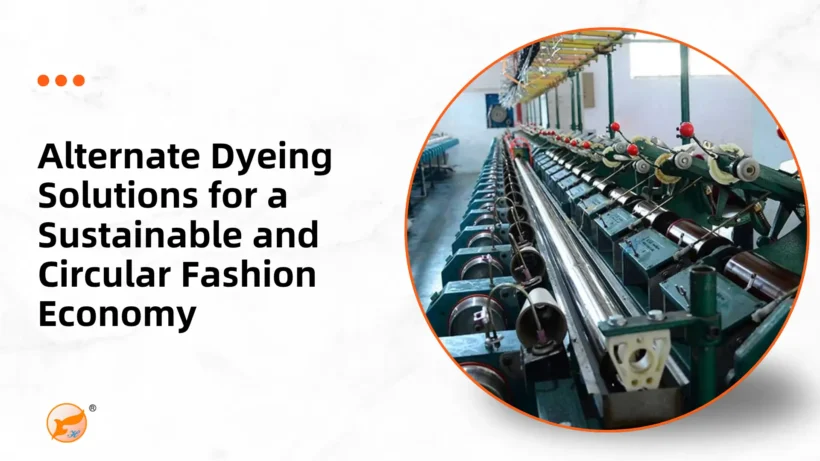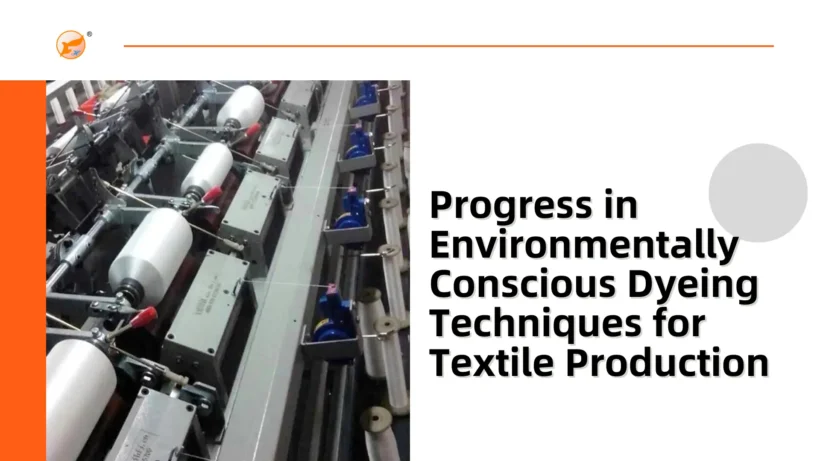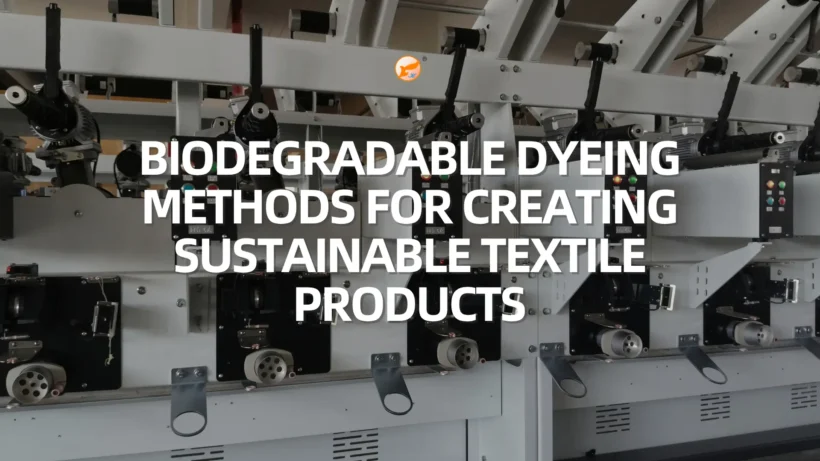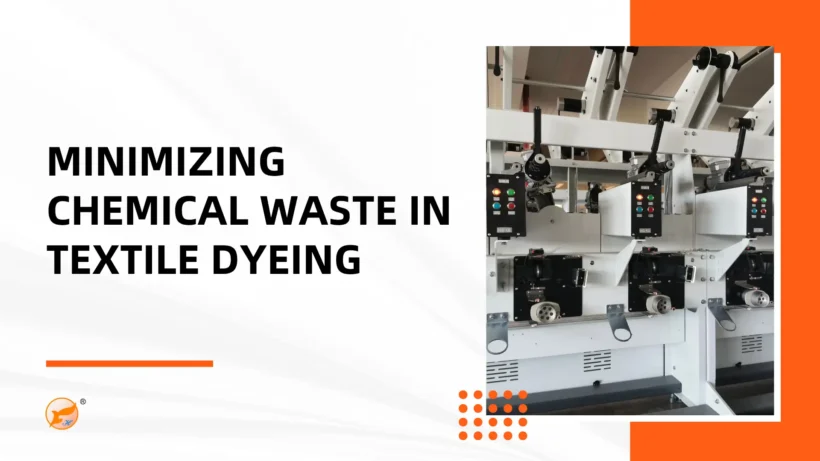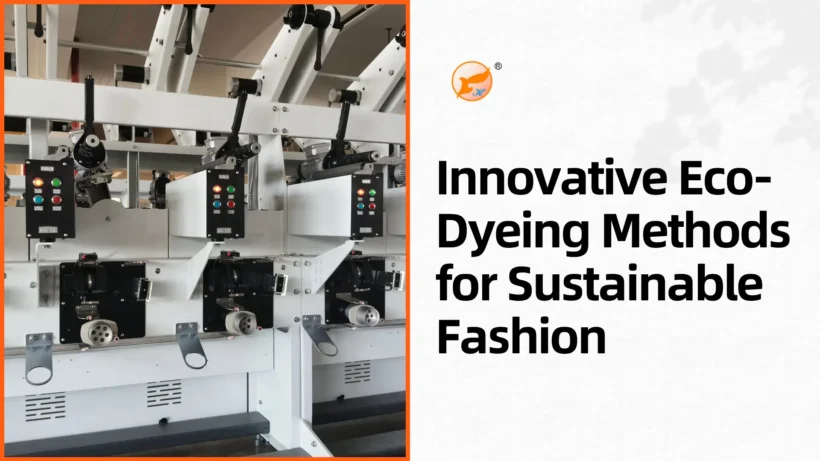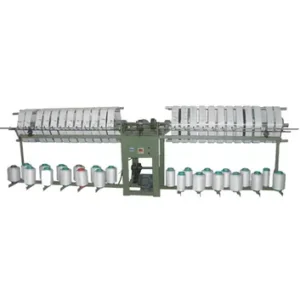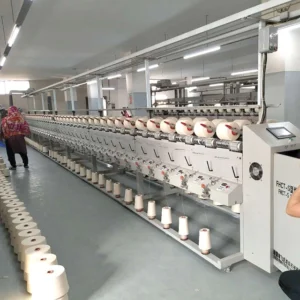Low-Noise Yarn Doubling Machine: Quiet Operation for Workshops
Excessive noise can not only affect the working environment but also impact the well-being of workers and even disturb those around. The low-noise yarn doubling machine has been developed to address this problem, offering a quieter alternative for yarn doubling processes. This article aims to provide a simple and easy-to-understand





